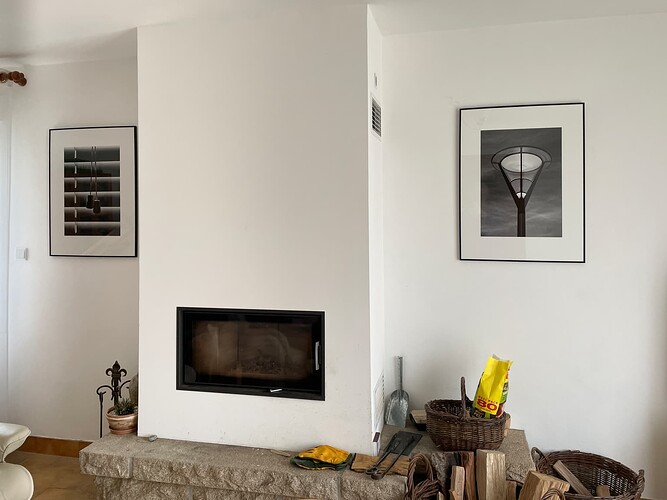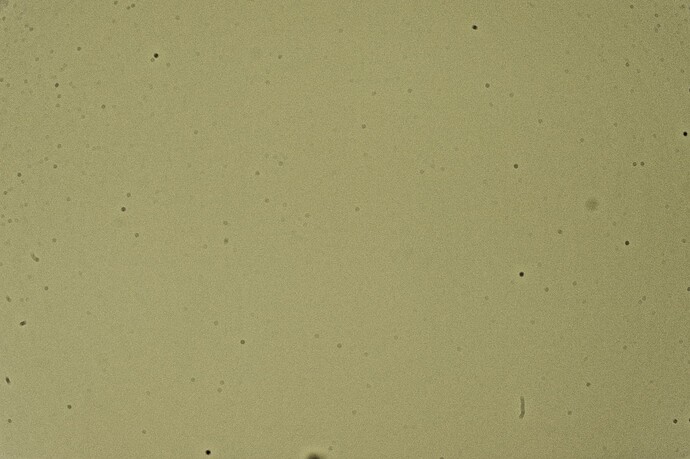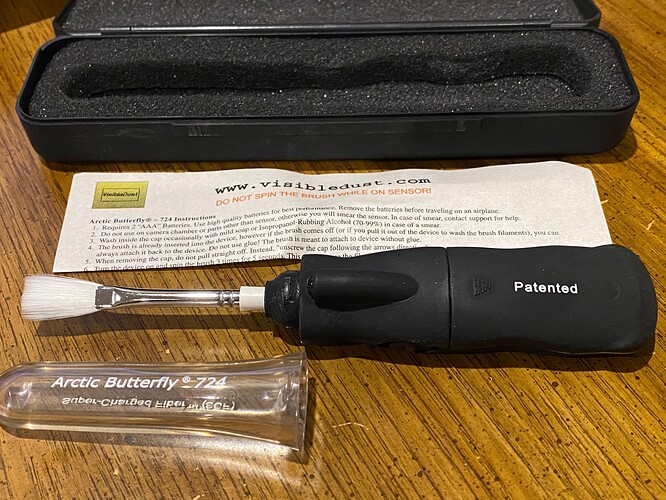It’s not logical, but it is more emotional. Why do I take photos at all? I do so because I enjoy it. I bought the D3 what feels like a lifetime ago, spending more money than I had any right to spend - never mind that the money came from the payments to me for race coverage.
It’s not enough to compare the specs of any of my cameras to what else is available - to me, it’s better to compare my photographs to those from “the masters of photography”. Their photos, using ancient camera gear, are what inspire me. As far as I know, they used whatever cameras they had access to, and for many of them, the main feature of the cameras was that they be rugged, and not die. This especially applies to the war photographers.
I accept that in every way I can imagine, my D780 is the best camera I now own, and that’s what I will be traveling with, as in my next trip to India. My biggest challenge is in capturing photos that I like, which requires more from ME, not from my camera(s).
I love getting feedback here, even if the feedback is very negative. Of my friends and family, all I get is compliments, which won’t help me improve. I learn when people tell me what I did wrong, not from what they tell me when I did right. ![]()
Both my D780 and my D3 and my three “best” lenses sit on my coffee table. I’d like to take a camera wherever I go, and see what I can “find” to photograph. I fully understand how limiting the 2007 D3 is compared to my D780, but the quality (or lack of) from the photograph comes from me, not my camera. The D780 makes life easier for me. But it’s more important where I take the photo from, how I frame it, how I compose it, and so on. I often feel very frustrated because of my inability to find something “good”. After all, it is ME that is taking the photo, not my camera. …but the camera does help - a lot!
…added later - I wish that more of you were posting images here. I used to enjoy viewing them, and asking questions - but hardly anyone does so any more. The forum is PhotoLab, and I’d love to see how more of you are using it…




